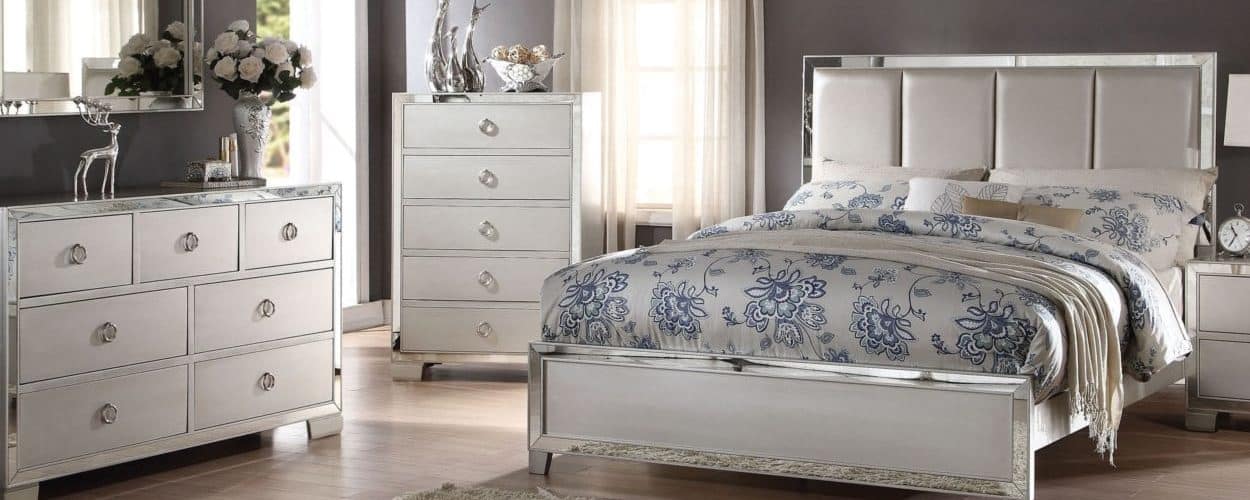A bedroom should be an oasis of tranquility, not a home for ashtrays, litter boxes or a dumping ground for laundry.
Other than the bathroom, a bedroom is probably the only other room where one can be truly alone. It should be a room where one can think great thoughts, fantasize, meditate, cry and, for many, get romantic. Doing these activities in other locations, (i.e., the kitchen) can be dangerous and (i.e., in the car), downright illegal.
To arrange bedroom furniture, use an interior designer’s trick: make a template with graph paper. Plot the length/width of the room and indicate locations of doors, windows, radiators, phone jacks, outlets, eaves and other oddities. Then graph your furniture likewise. Now you can move things around without breaking your back and scuffing up the floor.
Be aware of “traffic lanes”. Maybe the La-Z-boy looks great in the corner, but make sure you can access the closet when hubby is reclining. Keep a clear path from the bed to the door.
If you position your bed in front of a window, be certain your climate is cooperative. Beds should have a nightstand for each partner including a reading lamp, clock and places for books and other items. In Neanderthal times, the man slept closest to the door, and, interestingly, it’s that way for the majority of couples today. But cavemen probably did little child care in the middle of the night, so make sure mom has a safe, direct runway for a midnight alarm.
If your house is old, you may not have a light switch at the door. Put a small table and lamp near the door or some other way to illuminate the room without having to cross a dark room to the nightstand.
Many believe a television has no place in the bedroom, but the majority of us like to watch the tube before lights-out. Obviously, you’ll want to place a tv opposite the bed, and opt for a higher position rather than a low one, unless you enjoy watch television sitting bolt upright.
There’s no question tv’s are ugly, and, with the exception of those units that hang on the wall, there’s no way to pretty them up. So try to hide them in an entertainment center or wardrobe with doors.
When positioning furniture in a bedroom, remember that placing large items diagonally, or kitty-corner, takes up more room, but adds an interesting look. Lighter colors make rooms seem bigger. Artwork and wall hangings look better visually when they are anchored with a piece of furniture below them.
Look into Feng Shui for intriguing information on how to arrange your furniture to maximize good energy ( headboard against a solid wall) and spurn negative forces (no feet pointing toward the door!)
When arranging rooms for babies and children, safety comes first. Keep beds away from windows, unless guards are installed. Nightlights shouldn’t be hidden by toy boxes and safe traffic patterns should flow from beds to doors. If there‘s a play area, it should be safely away from the bed-to-bathroom path.
Arranging bedroom furniture for teenagers can be lots of fun. They typically love funky accessories and colors. The same rules apply regarding safety and traffic flow, but a teenager’s bedroom will probably include a computer, TV, music system and phone, so planning around these items can be challenging: you don’t want computer cables all over the place. Using your graph template will be useful here.
So whether you’re a caveman or a new-age mystic, it’s fun and easy to turn your bedroom into the peaceful retreat it should be.



